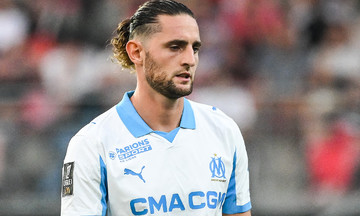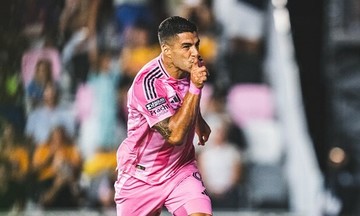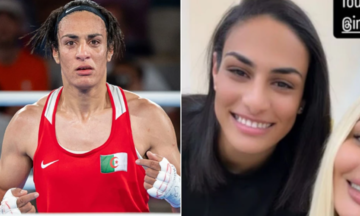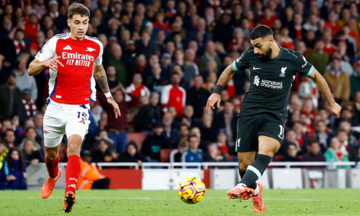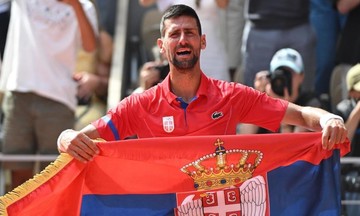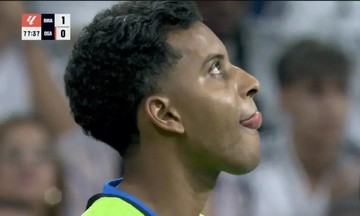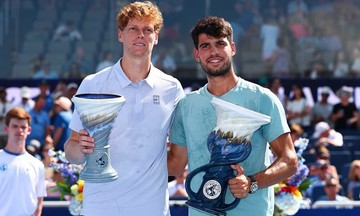Before the start of the 2025 Tour de France, defending champion Pogacar repeatedly suggested the route was designed with one goal in mind: to defeat him. He referred to the final 10 days, including the formidable climbs of Hautacam, Mont Ventoux, and Col de la Loze – stages where he had previously lost significant time to his biggest rival in recent years, Jonas Vingegaard.
Fans anticipated a fierce battle, a summit clash between two of this generation's best riders. Everyone expected the yellow jersey to be decided on the final climb. However, that scenario didn't unfold, simply because Pogacar was too strong.
Finishing almost 4 and a half minutes ahead of Vingegaard, Pogacar successfully defended his title. At just 26, he is a four-time Tour de France champion, his victories interspersed with two second-place finishes behind Vingegaard. But it was those losses that motivated Pogacar to transform and elevate his game.
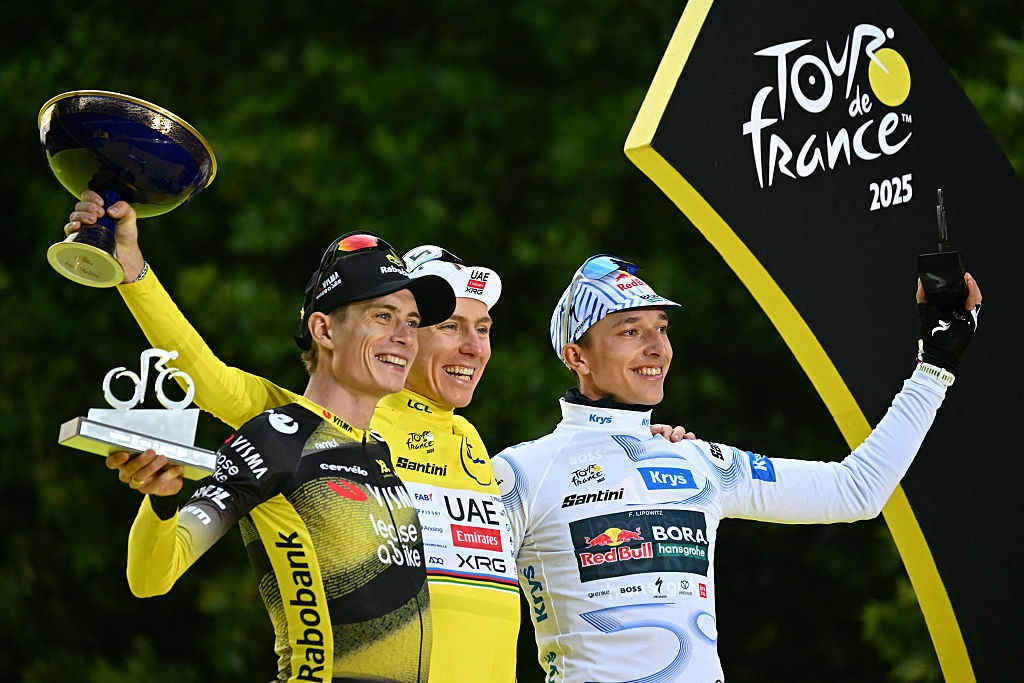 |
Pogacar (center) celebrates his overall victory at the 2025 Tour de France with runner-up Jonas Vingegaard (left) and Florian Lipowitz in Paris, France last week. Photo: Reuters |
Pogacar (center) celebrates his overall victory at the 2025 Tour de France with runner-up Jonas Vingegaard (left) and Florian Lipowitz in Paris, France last week. Photo: Reuters
The "revolution" began in 12/2023, when Pogacar and the UAE Team Emirates management met. The discussion wasn't about a crisis. After all, Pogacar was still the world's top cyclist, and second place in the 2022 and 2023 Tour de France wasn't a bad result. However, everyone acknowledged Pogacar needed adjustments to catch up with his arch-rival. As one team member put it, "Vingegaard left us in the dust".
In 2020 and 2021, Pogacar's natural talent was enough to secure victory. But in the following two years, Vingegaard progressed rapidly, thanks to Team Visma's advanced scientific research and development. Cutting-edge technology and training programs propelled Vingegaard to a new level, and Pogacar needed to follow suit to reclaim the Tour de France throne.
"His rival was one step ahead," said UAE Team Emirates team leader Joxean Fernandez Matxin. "Therefore, we needed to consider every aspect. We had to be perfect in nutrition, perfect in training, and perfect in planning. We didn't overlook any detail. We had to be perfect in individual time trials and perfect in wind tunnel training. That was the team's goal."
While managing some aspects himself, UAE Team Emirates asked Pogacar to focus on improving four areas: off-the-bike strength and stability, uphill sprints, high-temperature training, and nutrition. Each of these were areas Team Visma had exploited, attacking Pogacar when he faltered in 2022, and again a year later with a disastrous outcome on the legendary Col de la Loze stage.
That image wouldn't be repeated. Pogacar won the 2024 Tour de France, easily defeating Vingegaard, partly because the Danish rider was returning from a horrific crash at the Tour of the Basque Country in April.
This year, both riders entered the French event in top form. Before the race, Vingegaard said he had focused on his sprinting ability through a muscle-building program from Visma, aiming to keep pace with Pogacar on steep inclines.
"That's Tadej's natural strength," said Jeroen Swart, head of rider performance analysis and assessment at UAE Team Emirates. "We've done high-intensity training so that when he enters the Tour de France, he'll be better adapted to distributing his energy depending on the intensity and volume of each stage. That's something Tadej hasn't done well in the past. As for pure explosiveness, that's an aspect he doesn't need to train further."
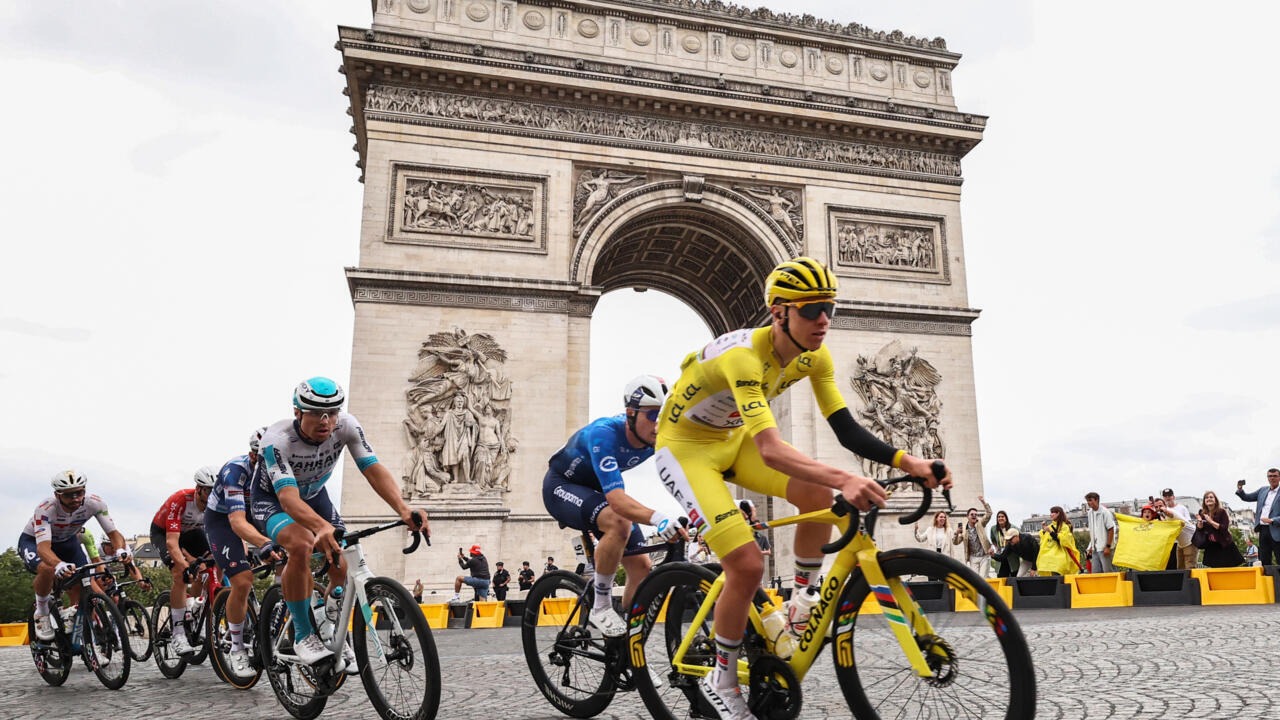 |
Pogacar in the yellow jersey during the final stage on the Champs-Elysees, Paris, France. Photo: Reuters |
Pogacar in the yellow jersey during the final stage on the Champs-Elysees, Paris, France. Photo: Reuters
Pogacar demonstrated this point with a stage 4 victory, conquering several challenging climbs in Rouen, and again with a win on the treacherous stage 7 at Mur de Bretagne. Combined with a better individual time trial result than Vingegaard on stage 5, Pogacar established a significant lead over his main rival before the race entered the high mountains.
There, Pogacar received essential support from his teammates, who ensured he was well-cared for. Tim Wellens is a prime example. Not only did he act as a "workhorse" for Pogacar, but Wellens was also rewarded with a stage 15 victory. The Belgian rider's role became even more crucial when the team's second star, Joao Almeida, had to withdraw from stage 9 due to injury. Almeida was considered a key player, serving as Pogacar's main support rider in the mountains. Without Almeida, the burden on the other riders increased. And they were ready.
"We started implementing high-temperature training programs for the entire team at the end of 2023," said Swart. "It's part of our preparation for an important tournament, where hot conditions can occur. I don't want to reveal too much, but clearly, the performance of Tadej, as well as other members, has improved year after year."
The clearest evidence was at Hautacam. In 30-degree Celsius heat and with 12 km to the finish, Pogacar's teammate, Jhonatan Narvaez, broke away from the peloton, almost sprinting on the slopes before reaching the summit. Behind, Pogacar followed closely, waiting for the opportunity to accelerate. Vingegaard tried to keep up but was left behind. Pogacar won the stage, but more importantly, it was a powerful statement of his strength. Pogacar had surpassed Vingegaard.
"Our nutritional strategy is also more progressive," Swart added. "Riders now consume about 110 to 120 g of carbohydrates per hour. In terms of equipment and technology, we've improved the aerodynamic systems on the bikes and helmets. We've also adjusted the biomechanics of the riders' movements. As long as it improves performance, we'll do it."
Another significant change for Pogacar was switching coaches from Inigo San Millan to Javier Sola in the winter of 2023. Under Sola, Pogacar trained extensively to increase his fatigue resistance. The Slovenian star himself said he felt stronger and as if his body had been upgraded. Besides training, Pogacar's exceptional recovery ability is also considered a key factor.
"In early 2019, we discovered that Tadej was different from his teammates in terms of body recovery," Swart shared. "He needs less rest. In the past few years, we've also seen Tadej reach peak form in the final week of the Tour de France. That's incredibly different from most other riders. It's astonishing!"
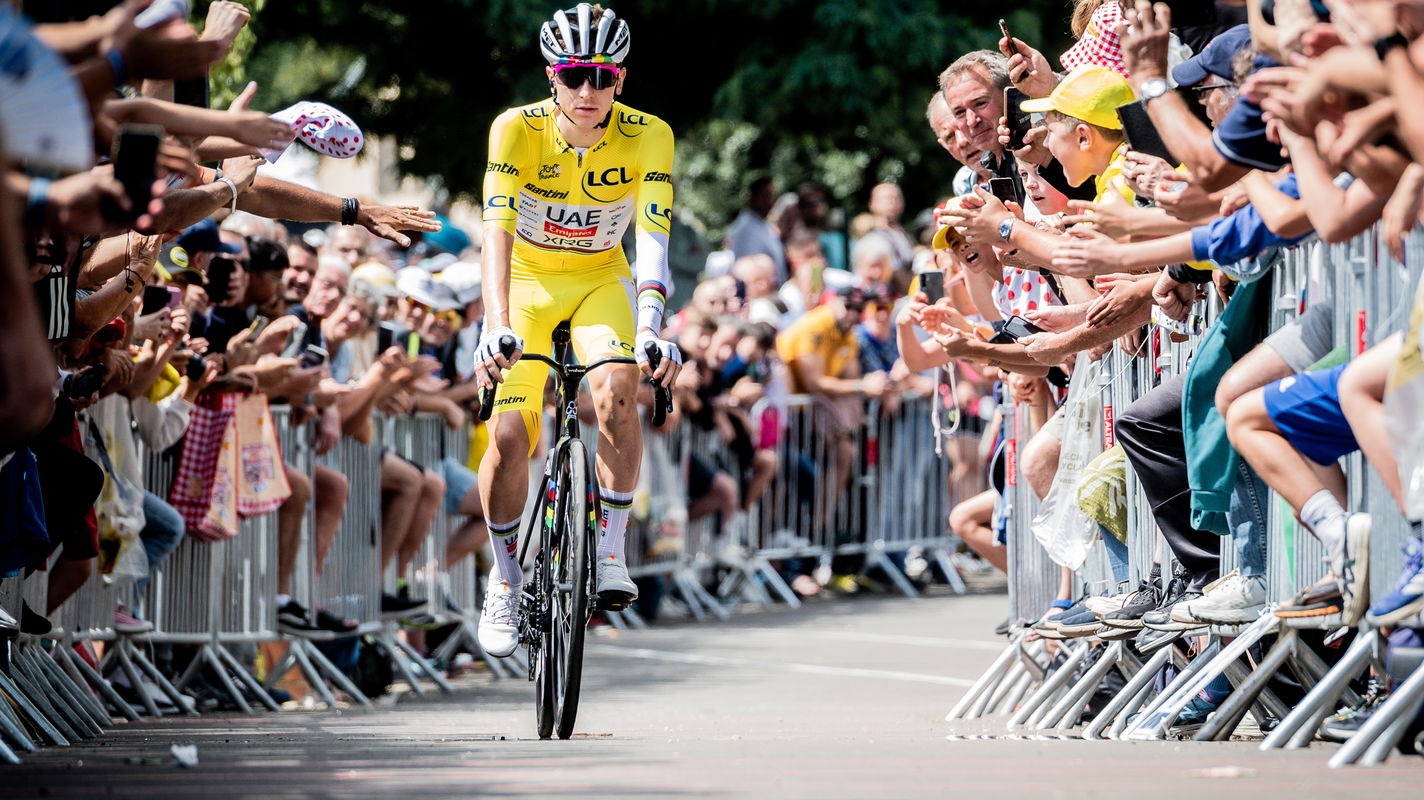 |
Pogacar crossing the finish line at a stage of the 2025 Tour de France. Photo: Reuters |
Pogacar crossing the finish line at a stage of the 2025 Tour de France. Photo: Reuters
Barring injury or unforeseen circumstances, Pogacar remains the top contender for the yellow jersey in 2026. With his natural talent and relentless drive for improvement, he is widely regarded as the Lionel Messi of cycling. And if he continues to stand on the top step of the podium on the Champs-Elysees, Pogacar will equal the five-win record held by legends Jacques Anquetil, Eddy Merckx, Bernard Hinault, and Miguel Indurain.
Many even believe Pogacar will wear more yellow jerseys than anyone in history. It's not an improbable scenario, given that his Tour de France victory this year is a clear demonstration of his boundless dominance.
"Tadej was too strong and deserved to win," Vingegaard admitted last weekend. "Sometimes you just have to accept it."
Compiled by Nhan Dat



